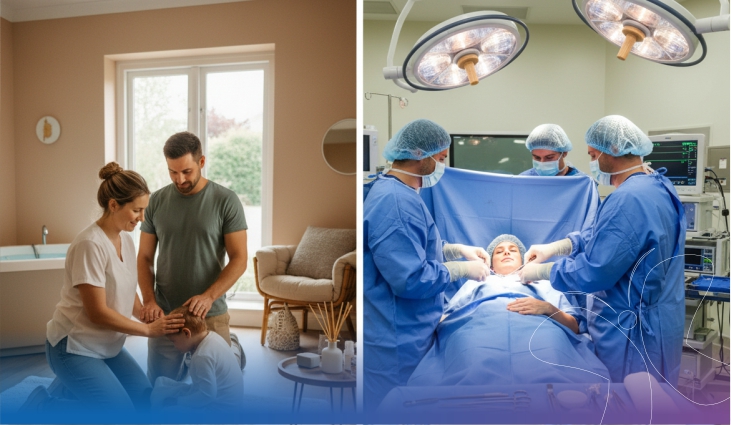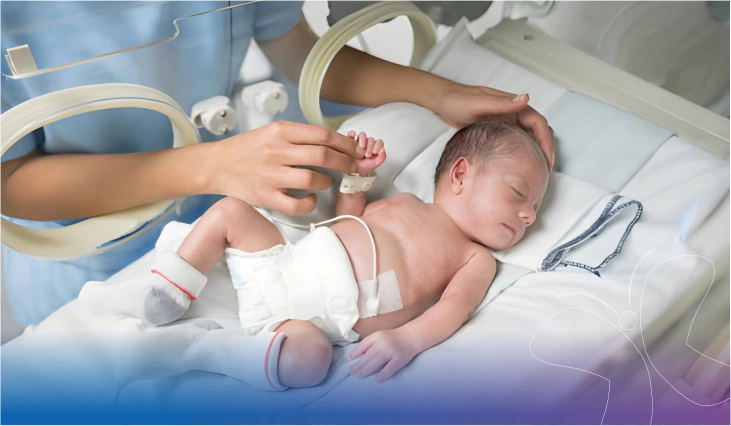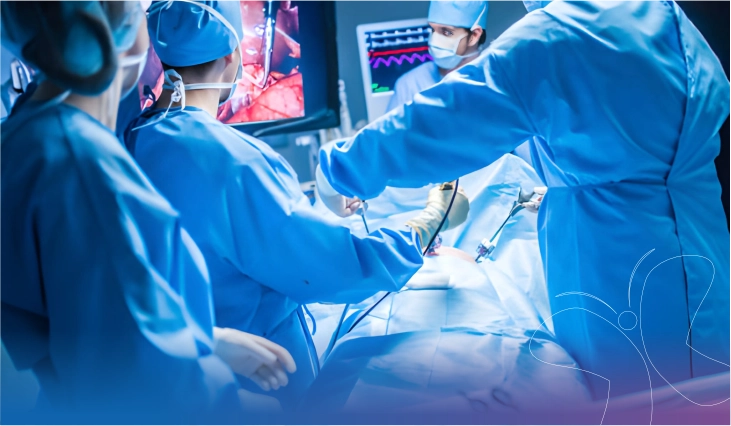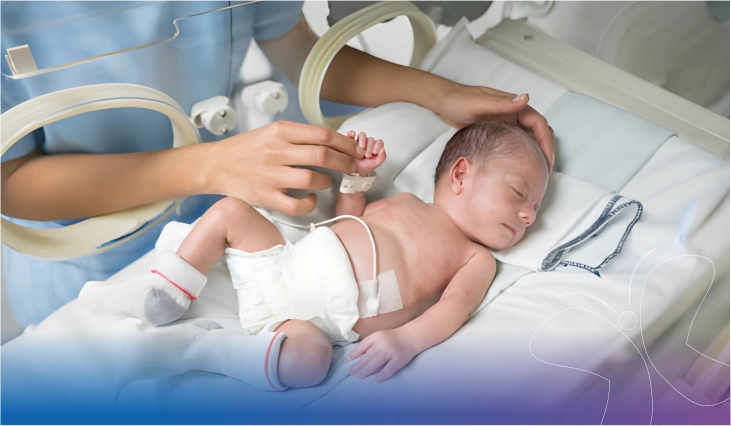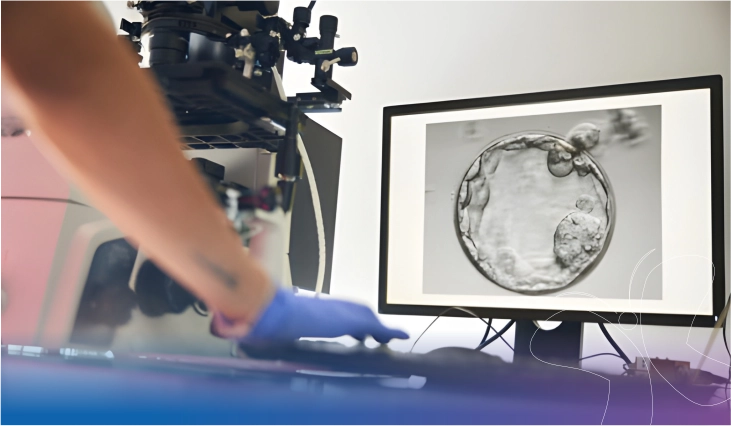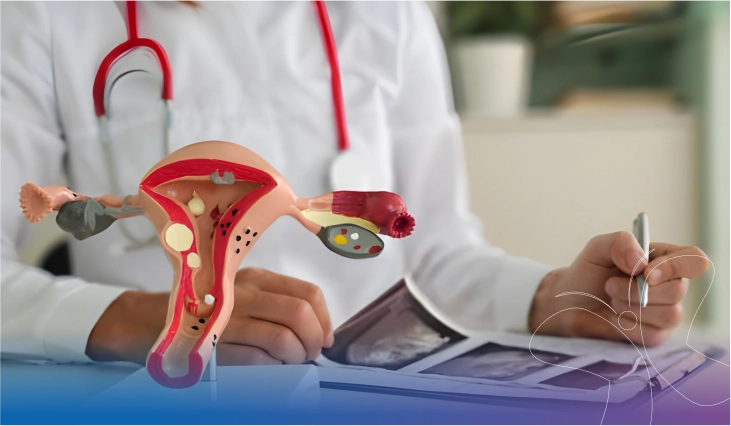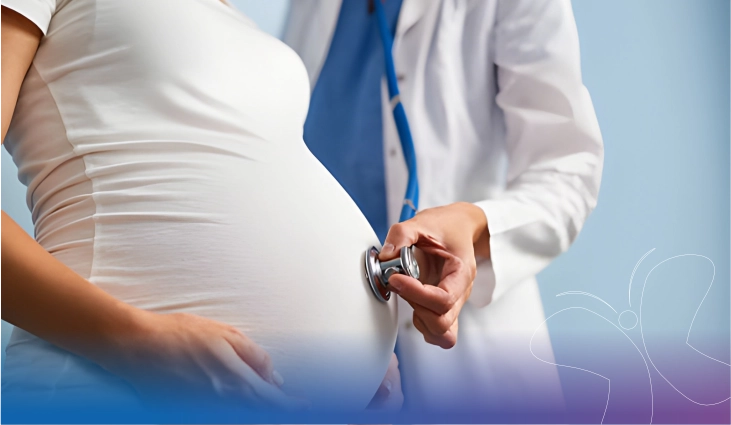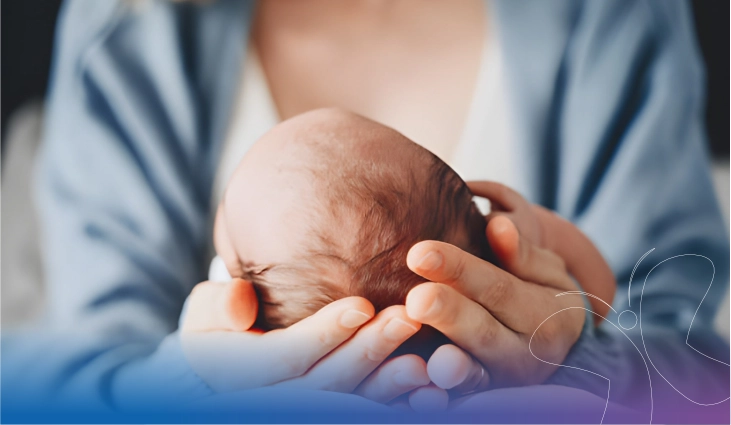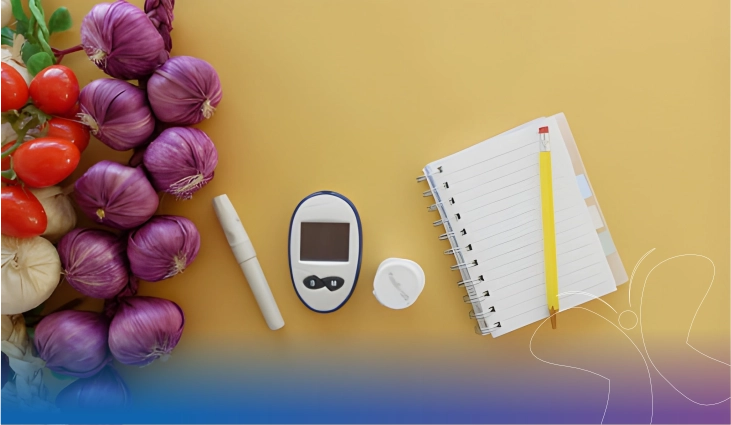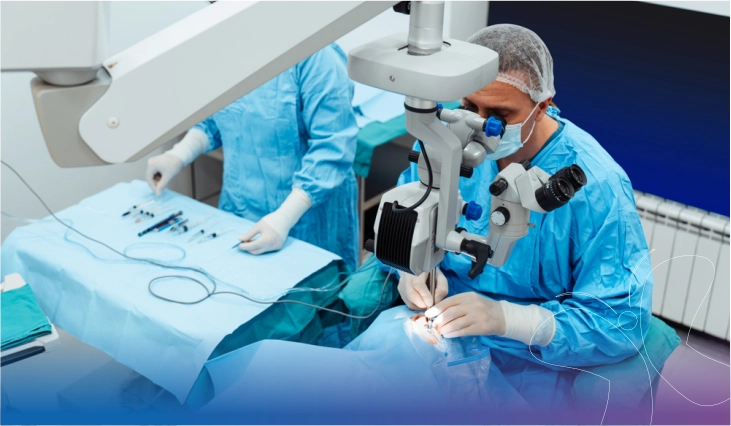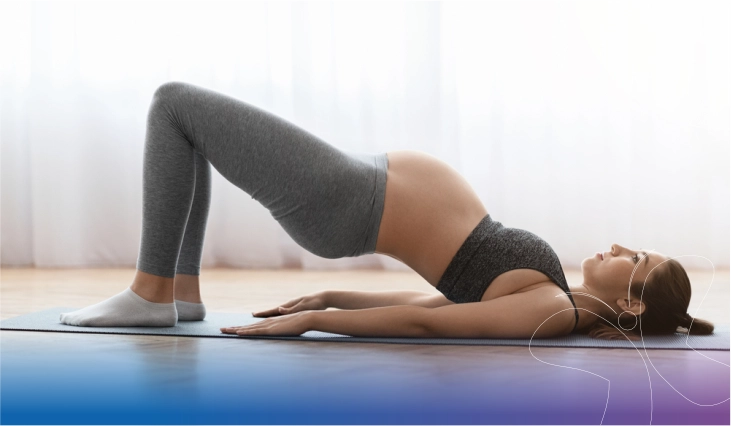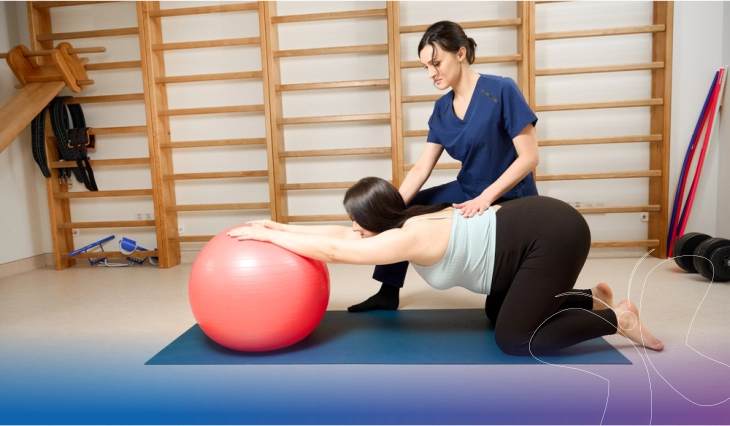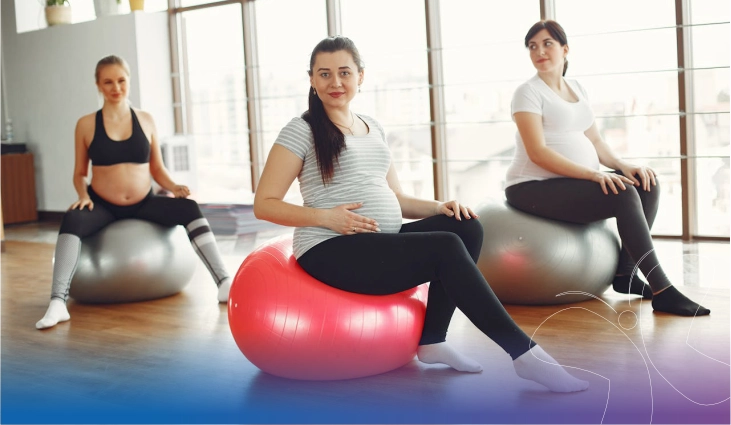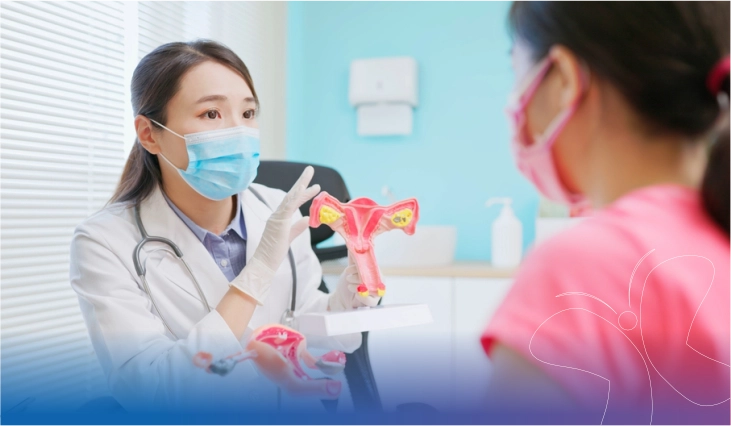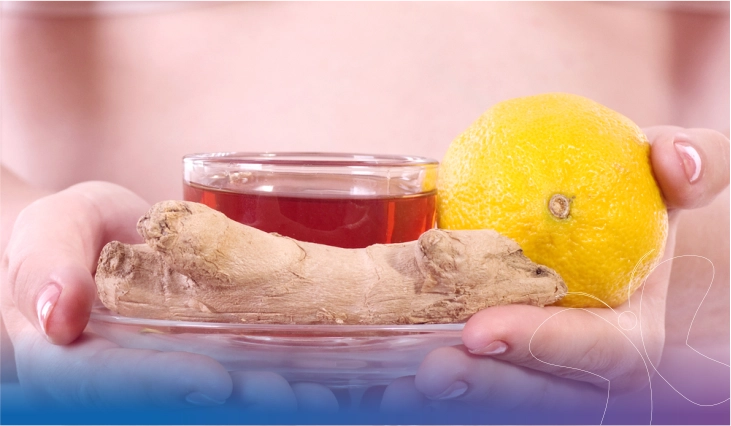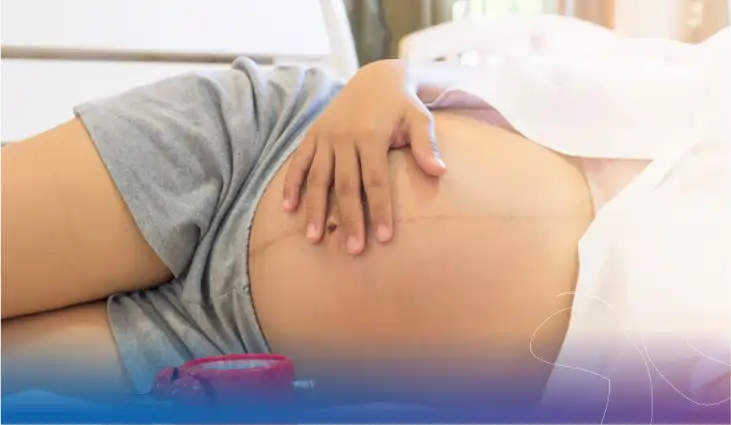Giving birth is one of the most powerful and emotional things that can happen in life. Every woman's experience of giving birth is different, but knowing what happens during a normal delivery can make the experience less scary and more empowering.
This is a step-by-step guide to the birthing process that will help you know what to expect, how to get ready, and how to enjoy this amazing journey with confidence.
Stage 1: Early Labor and Active Labor
Most of the time, labor starts with mild, irregular contractions that get stronger and more regular as time goes on. This is how your body gets ready for the birth of your baby.
Early Labor: The cervix gets softer, thinner (effaces), and starts to open up. You might have mild cramps, a dull backache, or a "bloody show," which is mucus mixed with blood.
This stage can last for a few hours or more if this is your first baby.
Advice: Don't stress out, eat light meals, and drink plenty of water. Pay attention to your body and take breaks when you can.
Labor in Progress: You are in active labor when your contractions come every 3 to 5 minutes and last for about a minute.
The cervix opens up quickly, going from 4 cm to 10 cm.
Contractions intensify, and there may be some need for assistance and breathing.
Now is a great time to get emotional and physical support from your birth partner, doula, or midwife.
Massage, deep breathing, and gentle movement are some comfort measures that can really help.
Stage 2: The Pushing Stage
Once you're fully dilated, it's time to push. This is the hardest but most rewarding part of giving birth.
The healthcare provider will tell you when and how to push in a way that works.
The baby moves down the birth canal with each of these contractions.
When your baby's head crowns, you might feel burning or stretching. Once your baby arrives, you will feel a tremendous sense of relief.
This is the single most significant part of the whole labor: you and your baby working incredible in unison to birth new life.
Step 3: Birth the Placenta
After your baby is born, the placenta will separate from your uterus, and you will have mild contractions again. This usually happens about 10-30 minutes after the baby has been born.Your doctor makes sure that the placenta comes out all the way and that your uterus is contracting to stop bleeding.This step, which is often overlooked, is very important in the process of giving birth and will be explained here from beginning to end.
After the birth: The first precious moments. You should touch your baby's skin right away after they are born. It helps keep your baby's temperature and breathing in check. Helps with bonding and encourages breastfeeding. It encourages breastfeeding early on, which is a great way to start. You might feel a lot of different things, like happiness, surprise, and relief. Everything is normal. Your body just did something amazing.
Benefits of Natural Birth
There are many benefits to natural birth, both for the mother and the baby, both physically and emotionally.
To the Mother:
- Faster recovery: Most women heal faster after giving birth naturally.
- Less risk of infection: There is no cut from surgery, so the risk of infection is lower.
Many mothers feel very powerful after going through natural labor.Skin-to-skin contact and early breastfeeding can often start right after birth.
For the Baby:
- Easier adjustment of the lungs: The natural squeeze through the birth canal helps clear the baby's lungs.
- Healthier microbiome: Newborns get good bacteria from the birth canal, which helps their immune systems work better.
- Natural birth makes the baby's body slowly get used to life outside the womb.
These natural birth benefits show how amazing it is that nature made both the mother and the baby ready for this journey.
Ways to ease pain and make labor more comfortable
There are safe and effective ways to deal with pain and stay comfortable even when you give birth naturally:
- Lamaze and hypnobirthing are two breathing and relaxation methods.
- Baths or showers that are warm
- Massage and points of pressure
- Moving around or using a birthing ball
- Emotional help from a doula or birth partner
There are choices for medical pain relief, like epidurals or nitrous oxide. Every mother is different, so there is no one "right" choice.
The Birth Environment and Emotional Support A calm and helpful place can make all the difference. No matter where you are—at home, in a birthing center, or in the hospital—make sure you feel safe, respected, and supported. You can keep calm by turning down the lights, listening to calm music, and seeing familiar faces. A supportive birth partner or doula can assist you in getting what you want and can help ease your mind while you are dealing with labor. A good environment is helpful for your mental health and allows your baby to come into the world in a calm manner. Getting Better and Resting After the Birth The birthing process does not end once the baby is born, but recovery is a part of it. You will be tired and bleed after the birth process.





